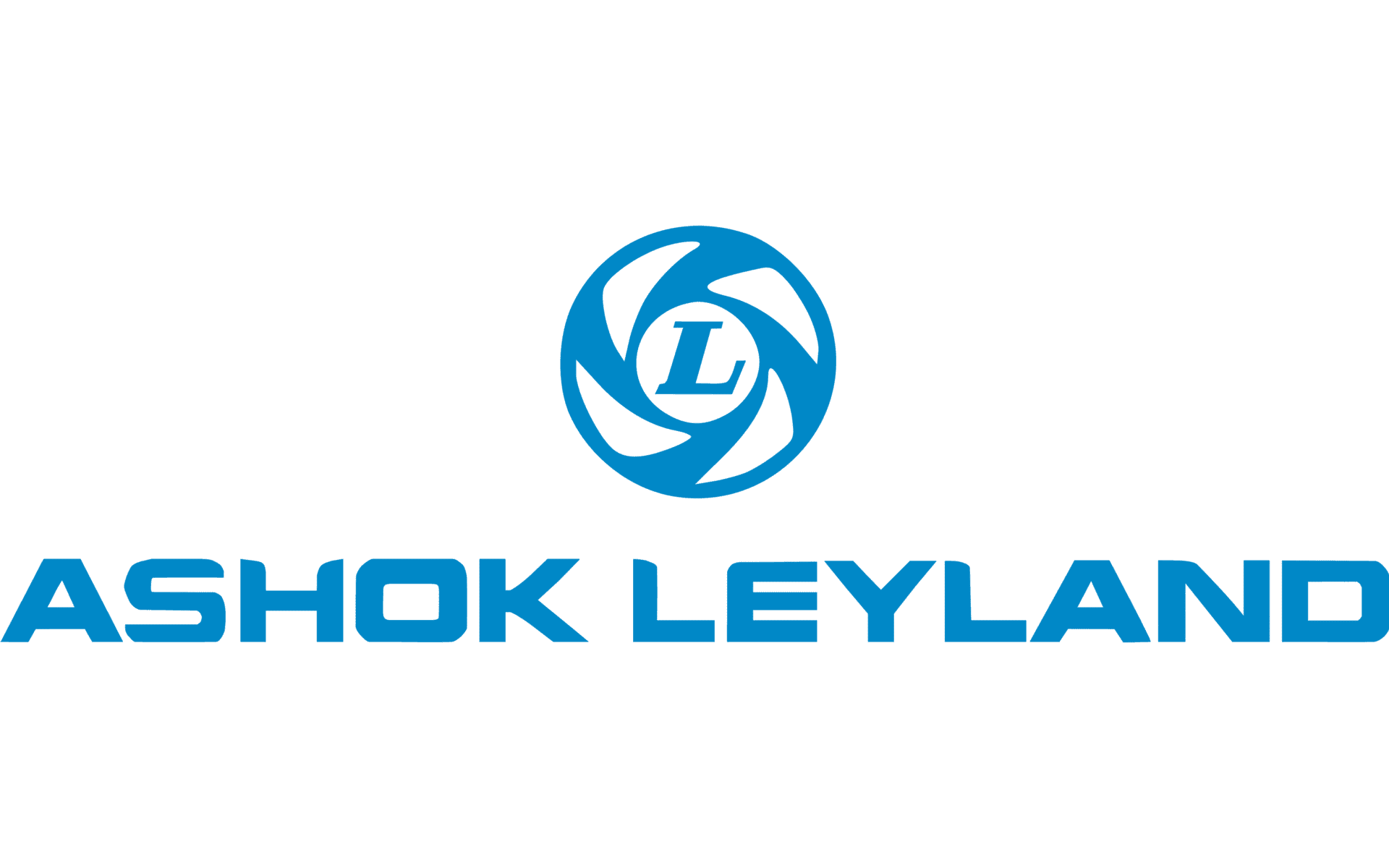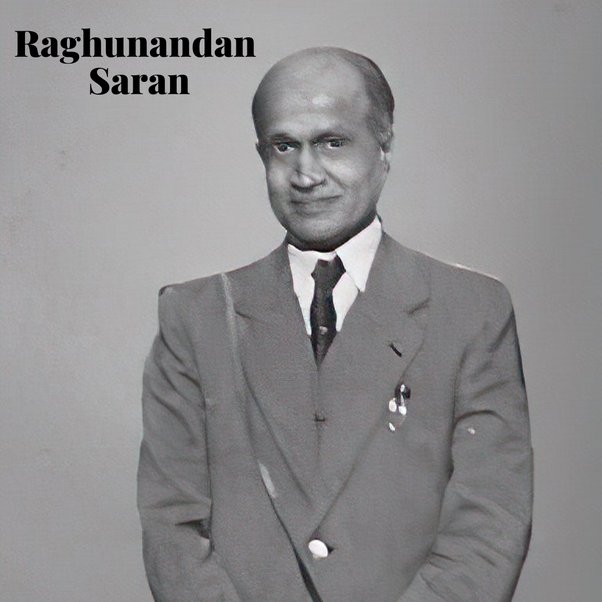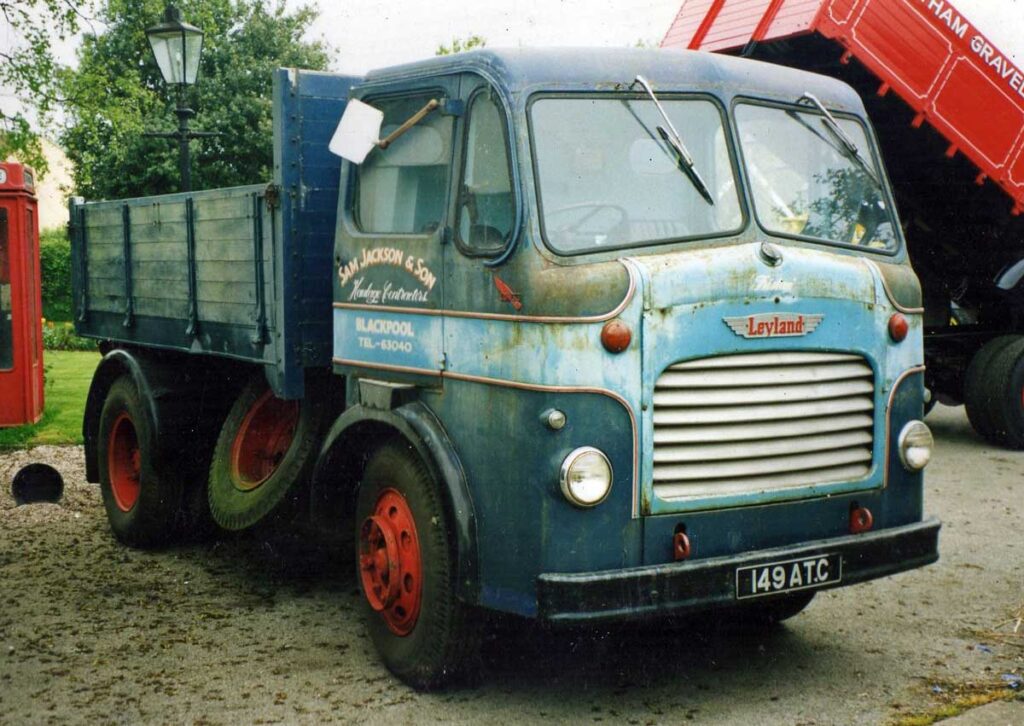Unforgotten Brands: Ashok Leyland

Starting with cars Ashok Leyland has become one of the leading lights of India’s automobile industry focussing on heavy vehicles
Pyare Lal and his sons handled the distribution of Austin vehicles in Lahore and Rawalpindi. While Raghuveer Saran, his oldest son, looked after the business, Raghunandan, his youngest son, followed a different path. After completing his education at Cambridge, Raghunandan returned to India, severed his ties with the family business, became a teacher, and joined the independence movement.

After India gained its independence, his friend and leader Jawaharlal Nehru convinced him that he could do more to create the nation by focusing on manufacturing, which would be an important part of India’s economy in the future, rather than by entering politics. To start, he had to liquidate some of his Delhi-based personal assets.
A few businesses started importing fully assembled kits to build motor cars in India in the decade leading up to independence, but a free India saw this as a stepping stone to building a fully-fledged indigenous auto industry. Using his connections in Austin, Saran planned to arrange the assembly and production of Austin vehicles in India.
In December 1946, Austin Motors and a group of prominent Indian distributors signed an agreement mandating automobile construction and production in India. The agreement stipulated that the facility in a port city would manufacture a minimum of 400 vehicles annually. Before the war, they prepared a plan, anticipating that production would begin within a year.
Ashok Motors
Following independence, Saran enlisted the help of other Austin automobile importers to establish Ashok Motors Limited, a firm bearing the name of Raghunandan Saran’s son. Everyone unanimously selected Saran as the managing director.
Location
Saran purchased property in Bhandup, and the business chose to build its manufacturing there in the state of Bombay. However, the government’s stance that each region should have single-vehicle manufacturing was a big roadblock; for example, Bombay already had Premier Automobiles operating there. To avoid this, Ashok Motors relocated to Ennore, a fishing hamlet north of Madras, and bought 124 acres of land from Narayana Swamy Pillai.
In the beginning, the company would import A4 and A7 Austin cars in a disassembled state and put them together in India. Later, they would start manufacturing the vehicles themselves, with the imported components originally stored in Chidambaram Chhaya’s warehouse on Mount Road. The plant was built in stages.
Production commenced in September 1949, with the assistance of experts dispatched by Austin Motors Limited to train workers and oversee manufacturing.

Ashok Leyland
Even before the Austin assembly in Madras got going, Saran had other plans. In January 1949, he began discussions with British Leyland Motors UK about the distribution, assembly, and production of the Leyland series of commercial vehicles. In 1950, he finally achieved a deal with Leyland Motors, UK, after protracted talks. Ashok Motors received the exclusive rights to import, assemble, and gradually manufacture trucks. In 1954, the British corporation permitted them to produce 1,000 Comets annually.
After Saran died in an aircraft crash near Nagpur on December 12, 1953, while returning from Delhi, the firm suffered a significant setback. He was responsible for his business and his never-ending efforts to form a partnership.
British Leyland formed Ashok Leyland in 1955 after purchasing a 40% share of the company. Ashok Motors chose to voluntarily dissolve and form a new firm. Ashok Leyland Limited established a joint venture to acquire Ashok Motors’ assets.
Hindujas
When Margaret Thatcher took office, she immediately set about privatising British industries, with the Leyland commercial vehicle division being the first to go. Despite Ashok Leyland’s status as a subsidiary of the Leyland commercial vehicle company, India was not a popular choice for investors in the early 2000s. As a result, the Rover Group purchased Ashok Leyland. The Rover Group solicited bids for the Ashok Leyland shareholding in 1987.
At about the same time, GP and SP Hinduja met with Lord Young, the UK secretary of commerce and industry, on a separate issue. As the discussion progressed, Lord Young brought up the government’s intentions to privatise British Leyland and its subsidiaries in other regions abroad. The news piqued the brother’s curiosity. Inquiries that followed uncovered that Manu Chabbria, Rahul Bajaj, and Hari Singhania were among the Indian business magnates who had placed bids. By pitching in, the Hinduja family was able to buy out Leyland’s entire stake in the company. They were part of a joint deal with Iveco, a Fiat group.
The purchase, which aligned Ashok Leyland with the global automotive scene, represented a critical juncture in its development. The Hinduja family was able to secure its position as Ashok Leyland’s helmsmen via strategic vision and swift action, despite competition from industry heavyweights.




1 Comment